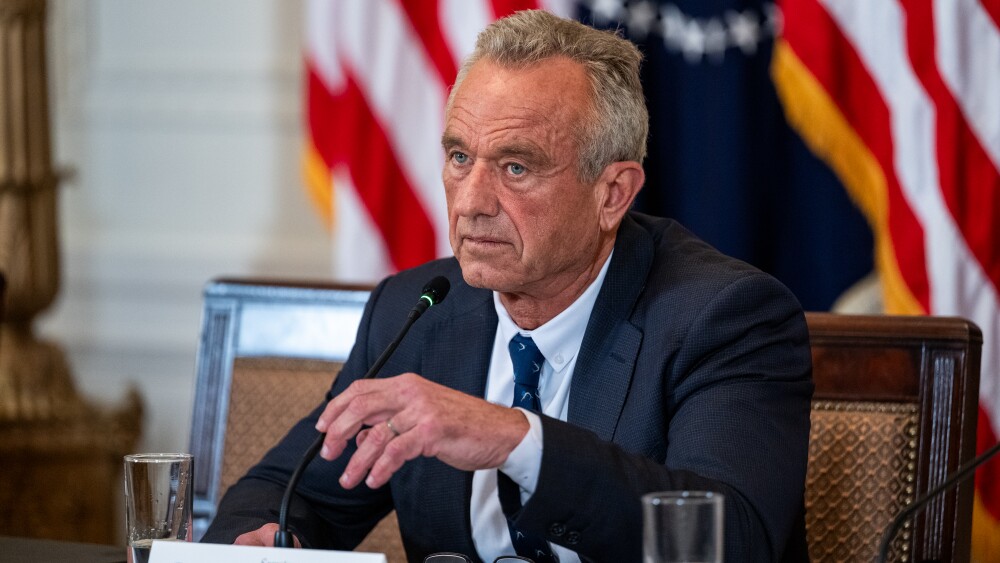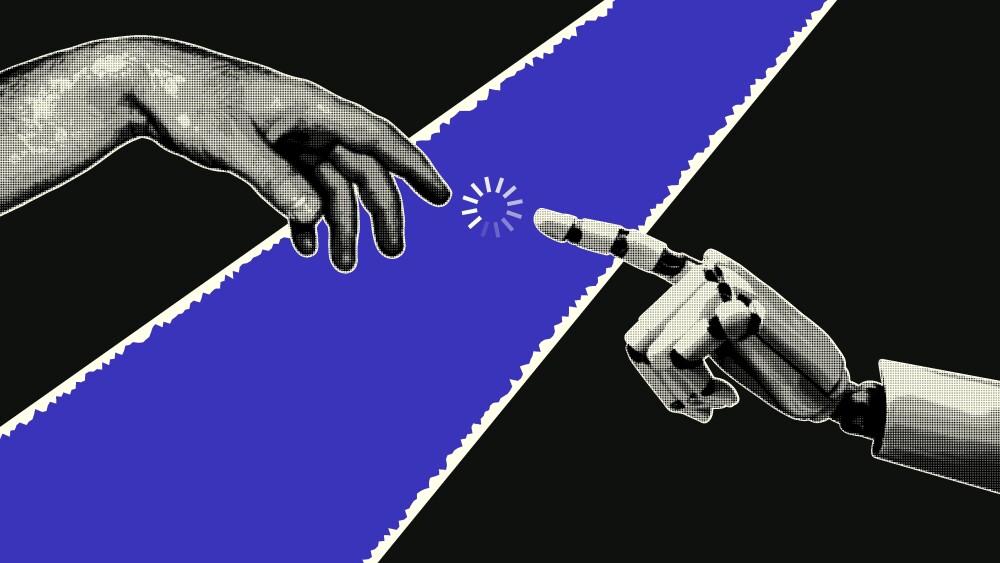NervGen showed that its proprietary drug NVG-291-R, could repair the nervous system after a stroke in rodents —even when it was given seven days after the episode.
On Friday, clinical-stage Canadian biotech NervGen announced the peer-reviewed publication of a preclinical study, which showed that its proprietary drug NVG-291-R could repair the nervous system after a stroke in rodents —even when it was administered seven days after the episode.
The data, published Tuesday in Cell Reports, showed that in a mouse model of severe ischemic stroke, treatment with NVG-291 strongly and significantly improved learning and memory outcomes. In the Barnes Maze Test, mice who had suffered a stroke but were treated with NervGen’s drug found the correct exit much quicker and with fewer errors than those who were given placebo.
Researchers from the University of Cincinnati and Case Western Reserve University, who conducted the study, traced these profound symptomatic improvements back to better plasticity. Treatment with NVG-291, it turned out, helped neurons create new connections among themselves after a stroke. The drug’s effect was found to be significantly better than the vehicle control.
“We are very excited about the data showing significant improvement in motor function, sensory function, spatial learning, and memory, even when treatment was initiated as late as 7 days after stroke onset,” Dr. Agnes (Yu) Luo, associate professor at the Department of Molecular Genetics and Biochemistry at the University of Cincinnati, and senior author of the paper said in a statement.
“If these results translate to the clinic, NVG-291 would be a substantial breakthrough in the treatment of stroke patients for multiple reasons because the only current FDA-approved drug for treatment of stroke does not repair damage and must be administered within 4.5 hours of stroke onset,” she added.
NVG-291 also promoted the migration of neuronal stem cells into the damaged site after the stroke episode and then helped these stem cells differentiate into neurons, demonstrating what Luo called “robust neuroreparative effects.” NVG-291 is currently undergoing Phase I assessments in healthy volunteers and is set to enter Phase Ib/II trials for Alzheimer’s, multiple sclerosis and spinal cord injury. NervGen holds the exclusive worldwide rights to NVG-291.
Currently, there is only one drug approved by the U.S. FDA for ischemic stroke: Genentech’s Activase (alteplase), an intravenously administered tissue plasminogen activator. By converting the largely inert plasminogen to the proteolytic enzyme plasmin, Activase can help dissolve the clots that block blood vessels.
However, for it to work, Activase has to be administered within mere hours of the stroke episode. This is because Activase cannot repair damage from the stroke but only prevents the situation from worsening by restoring blood flow. According to Luo, other drugs in development suffer from a similar problem and need to be administered very soon after a stroke.
The ischemic stroke space is ripe for a big shake-up. Activase was given the go-ahead for stroke treatment in 1996 and has remained unchallenged. Unfortunately, there doesn’t seem to be much promise on the horizon, with trial failures marking drug development in this field.
Earlier this month, DiaMedica Therapeutics announced that it was putting its Phase II/III ReMEDy2 trial on hold following several cases of worrying low blood pressure in patients after being treated with the company’s candidate DM199. In May, MultiStem cell (invimestrocel), put forward by the partnership between Athersys and Healios, failed to meet the primary endpoint of the TREASURE trial.
NervGen’s president and CEO, Paul Brennan who is enthusiastic about the findings said “While we remain committed to developing NVG-291 in our core indications of spinal cord injury, Alzheimer’s and multiple sclerosis, this paper provides a very strong argument to undertake a stroke study with NVG-291. Given this compelling new preclinical data, we believe there is a solid opportunity to secure non-dilutive funding to advance the program through a partnership, either with industry or government.”






